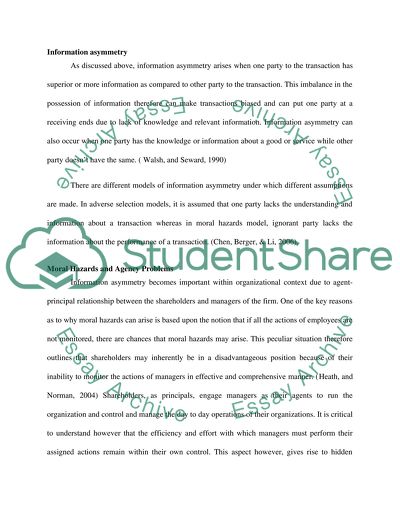Cite this document
(“Essay on Information Asymmetry Example | Topics and Well Written Essays - 2250 words”, n.d.)
Retrieved from https://studentshare.org/finance-accounting/1446255-contemporary-issue-in-accounting
Retrieved from https://studentshare.org/finance-accounting/1446255-contemporary-issue-in-accounting
(Essay on Information Asymmetry Example | Topics and Well Written Essays - 2250 Words)
https://studentshare.org/finance-accounting/1446255-contemporary-issue-in-accounting.
https://studentshare.org/finance-accounting/1446255-contemporary-issue-in-accounting.
“Essay on Information Asymmetry Example | Topics and Well Written Essays - 2250 Words”, n.d. https://studentshare.org/finance-accounting/1446255-contemporary-issue-in-accounting.


